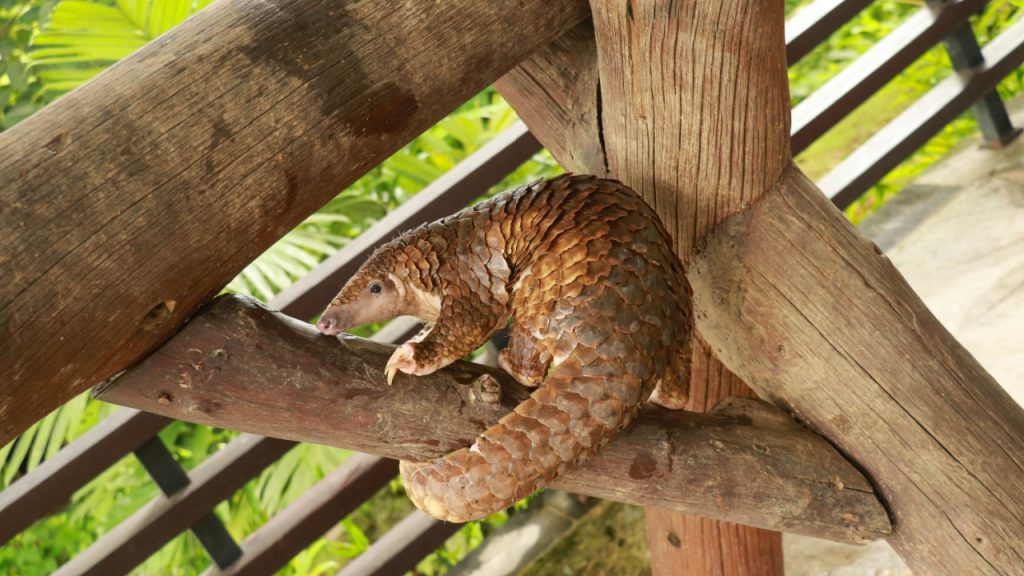Pangolins are some of the most unique and mysterious creatures on our planet. These scaly mammals, often called “walking pinecones,” are critically endangered. Despite their distinctive appearance, pangolins remain largely unknown to many people. These shy, nocturnal animals are masters of camouflage and stealth, making them challenging to study in the wild. From their incredible tongues to their armor-like scales, pangolins are full of surprises and they desperately need our protection.
Scaly Armor

Pangolins are the only mammals covered in scales. These overlapping scales, made of keratin (the same material as our fingernails), provide excellent protection against predators. When threatened, a pangolin can roll into a tight ball, using its scales as armor. Even large predators like lions have a hard time breaking through this defense.
Incredible Tongue
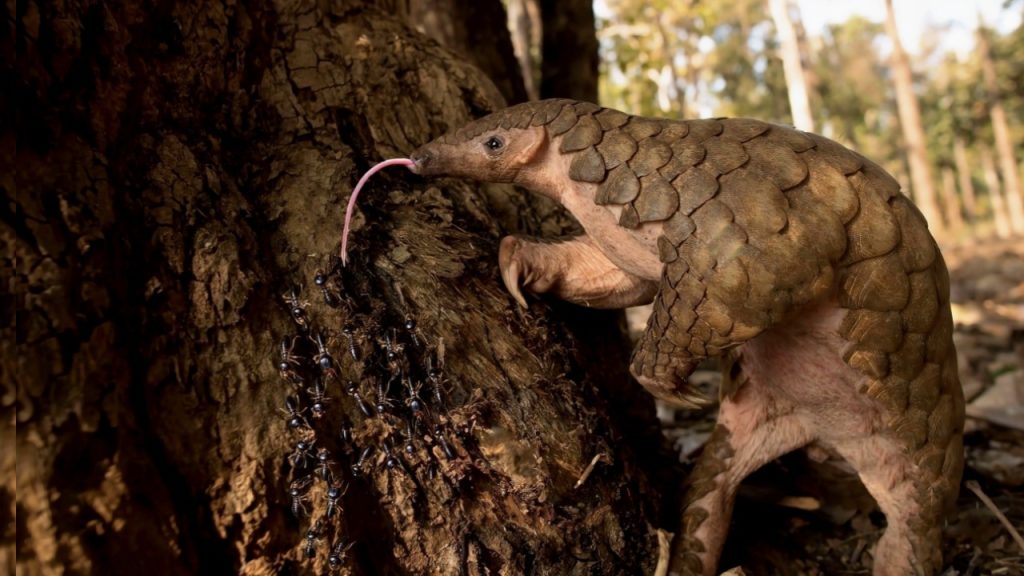
The pangolin’s tongue is a marvel of nature. It can be up to 16 inches long, longer than the animal’s entire body. When not in use, this extraordinary tongue is stored in a special chest cavity. Pangolins use their long, sticky tongues to reach deep into ant nests and termite mounds, slurping up thousands of insects in a single meal.
Ancient Lineage
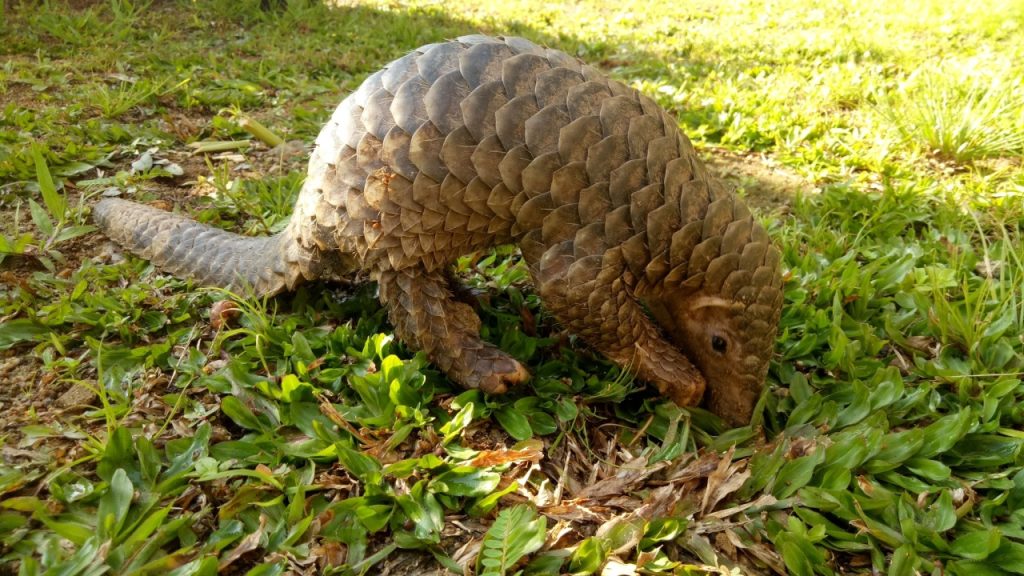
Pangolins are living fossils, with ancestors dating back over 60 million years. They’ve outlived the dinosaurs and survived multiple mass extinction events. Despite their long evolutionary history, pangolins have changed very little over time, maintaining their unique scaled appearance and specialized diet.
Impressive Digestion
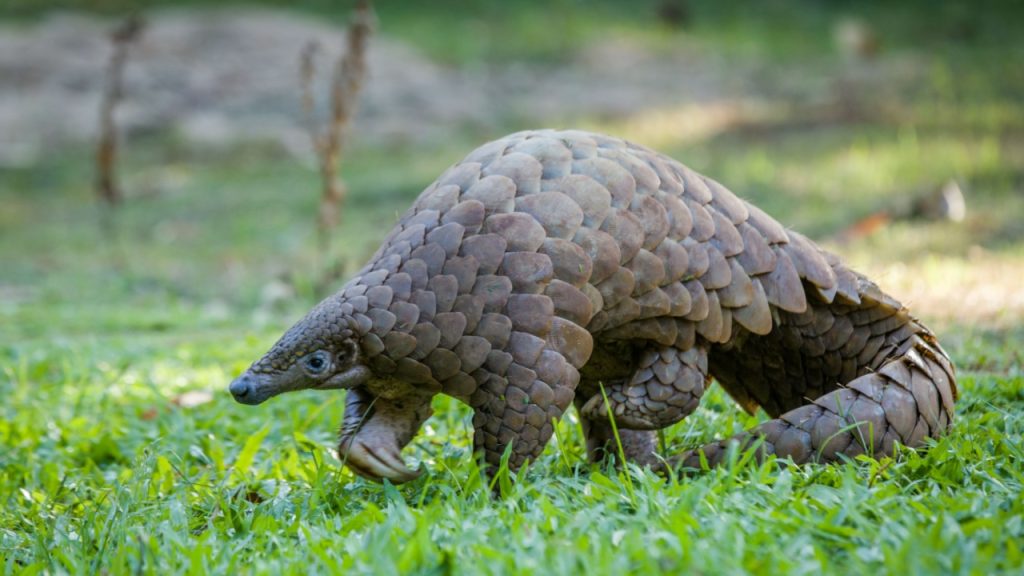
To handle their diet of ants and termites, pangolins have developed a unique digestive system. They have no teeth, instead using small stones in their stomachs to grind up their food. Their stomachs are also specially lined to protect against the bites and stings of their insect prey.
Powerful Sense of Smell
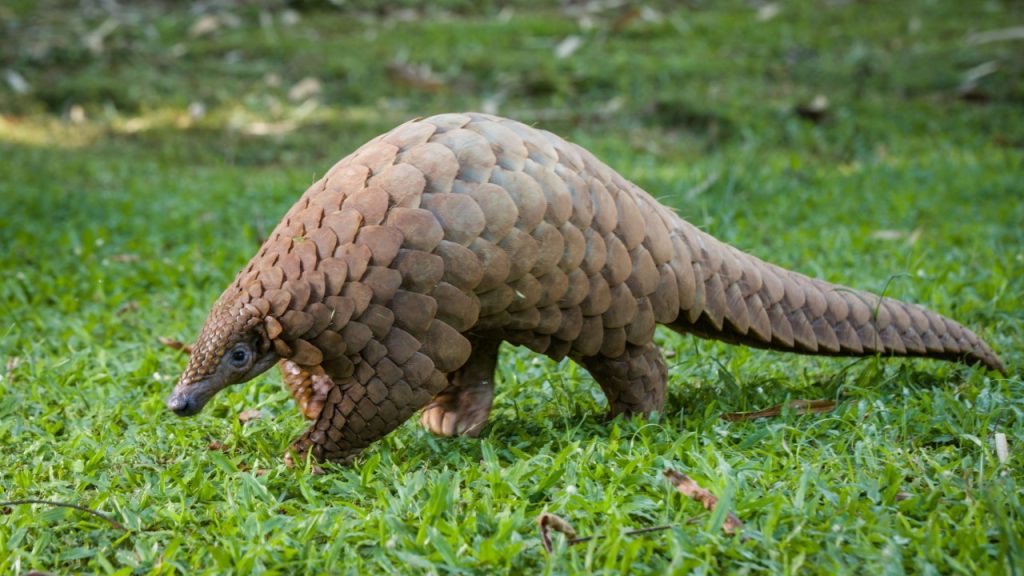
Pangolins rely heavily on their sense of smell to find food and navigate their environment. Their noses are so sensitive that they can detect insects underground. This keen sense of smell compensates for their poor eyesight, allowing them to be efficient nocturnal hunters.
Climbing Experts
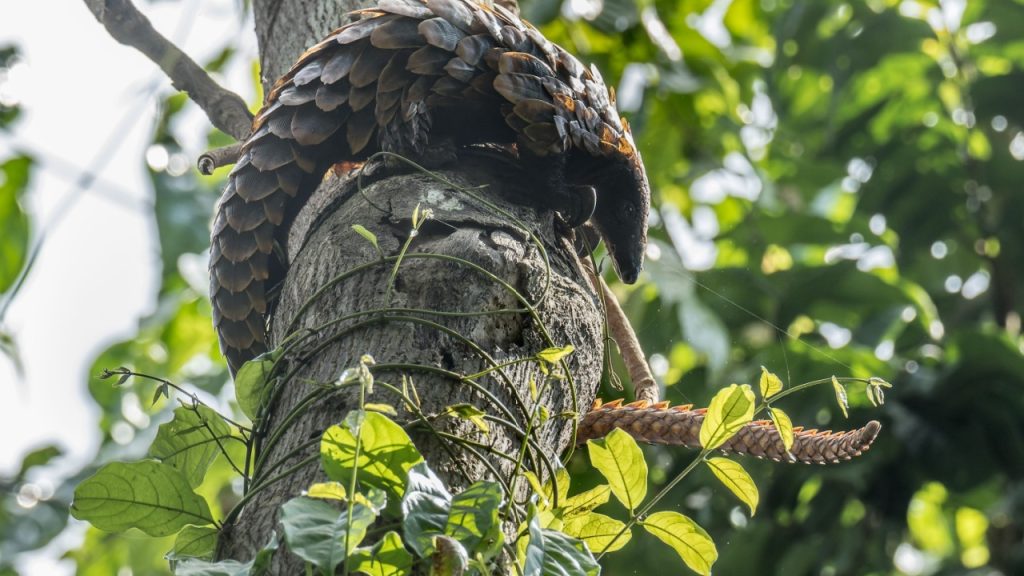
Despite their awkward appearance, pangolins are excellent climbers. Their strong claws and prehensile tails allow them to scale trees with ease. Some species, like the black-bellied pangolin, spend most of their lives in the treetops, rarely coming down to the ground.
Devoted Mothers
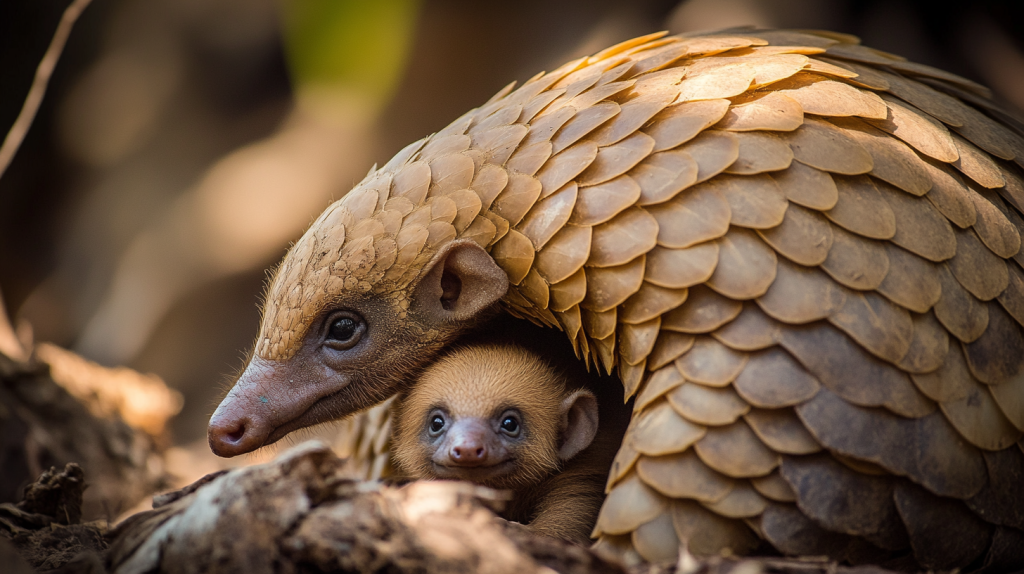
Pangolin mothers are incredibly devoted to their young. Pangolin babies ride on their mother’s back, clinging to her scales for protection and transportation. This behavior continues for several months until the young pangolin is ready to venture out on its own.
Natural Pest Control
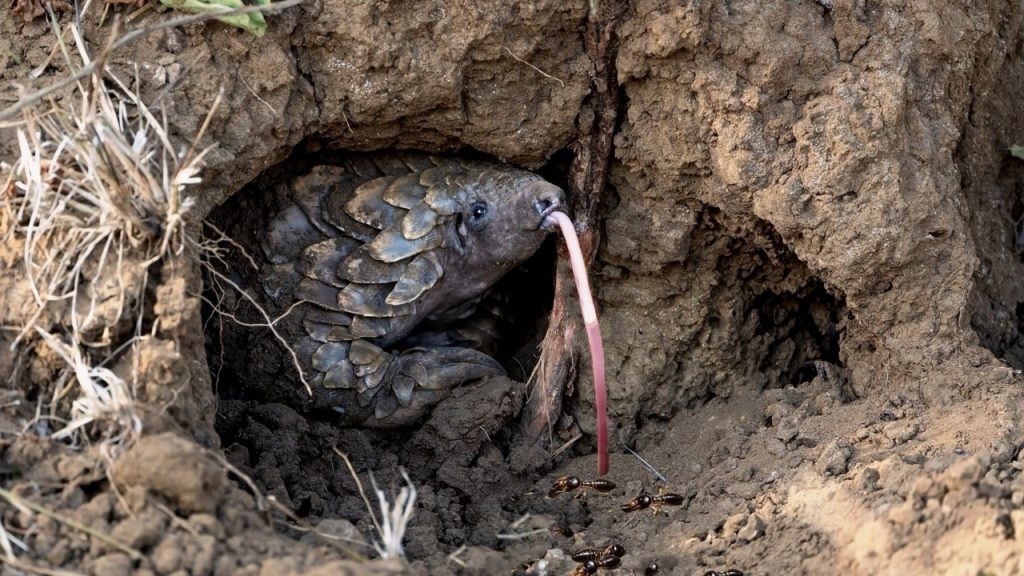
A single pangolin can eat up to 70 million insects per year. This makes them incredibly effective at controlling insect populations naturally. In areas where pangolins have been removed, farmers often face increased problems with termites and ants damaging crops.
Varied Habitats
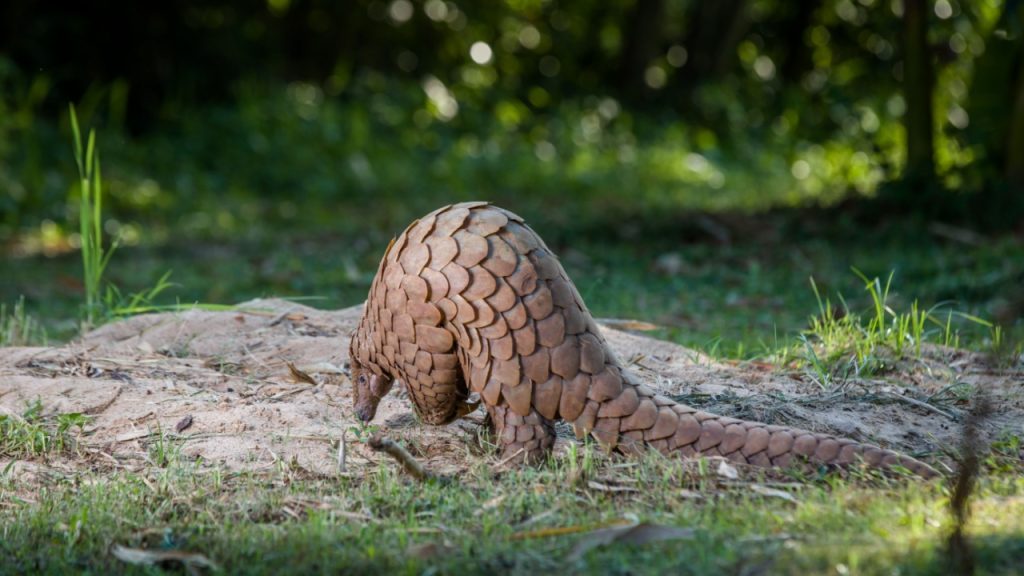
Pangolins are found in a variety of habitats across Africa and Asia. Different species have adapted to life in tropical forests, grasslands, and even semi-arid environments. This adaptability has allowed pangolins to thrive in diverse ecosystems, from the Congo Basin to the Himalayan foothills.
Unique Walk
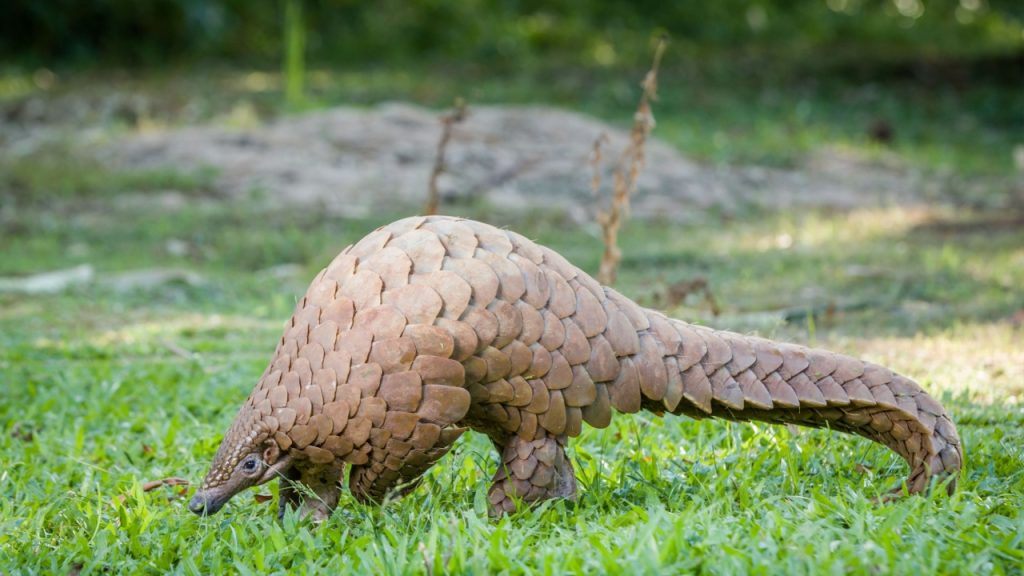
Pangolins have a distinctive way of walking. They move on their hind legs, using their long tails for balance, and curl their front claws under their feet. This unusual gait helps protect their sharp claws, which are crucial for digging and climbing.
Silent Communication

Pangolins are generally silent creatures, but they do have ways of communicating. They use scent marking to leave messages for other pangolins, and mothers communicate with their young through soft vocalizations. Some species also make hissing or puffing sounds when threatened.
Swimming Ability
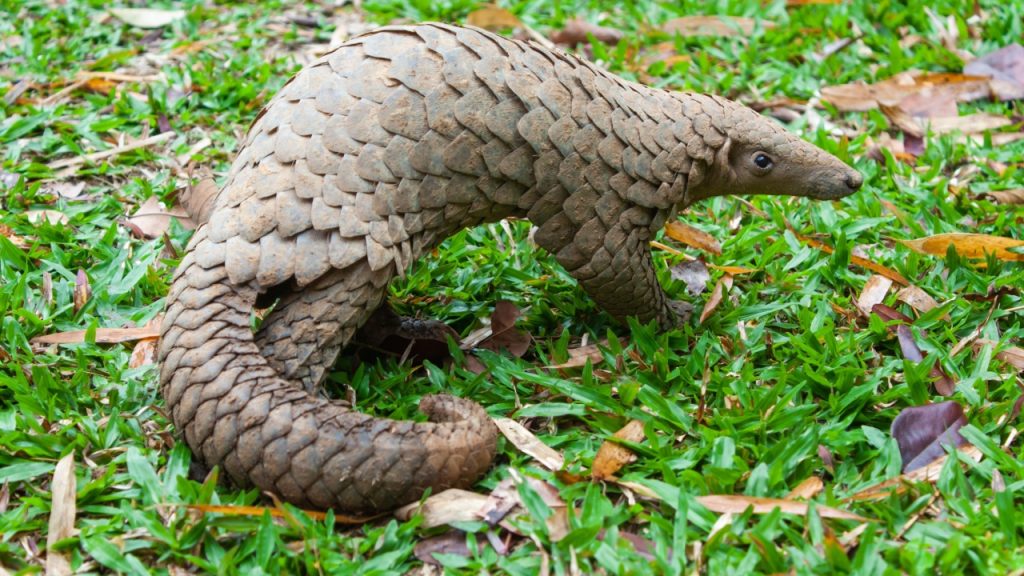
While not typically associated with water, some pangolin species are capable swimmers. They can use their semi-buoyant tails as rudders and their partially webbed feet to paddle. This skill allows them to cross rivers and escape predators when necessary.
Vulnerable Status

All eight species of pangolins are considered vulnerable, endangered, or critically endangered. They are the most trafficked mammals in the world, hunted for their meat and scales. Conservation efforts are crucial to protect these unique animals from extinction.
Medicinal Myths
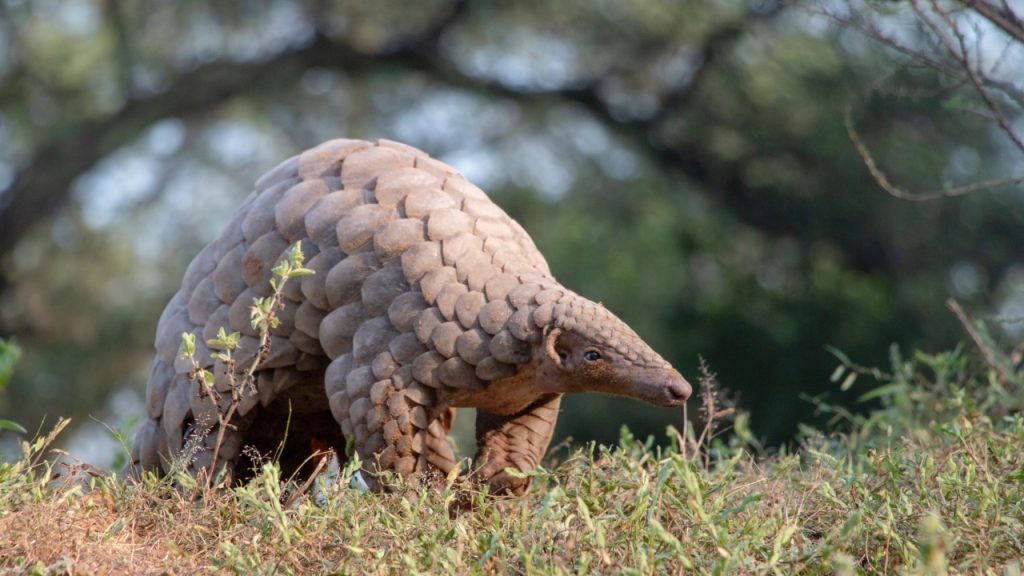
In some cultures, pangolin scales are believed to have medicinal properties. However, there’s no scientific evidence to support these claims. The scales are made of keratin, the same material as human fingernails, and have no proven medical benefits.
Nocturnal Lifestyle
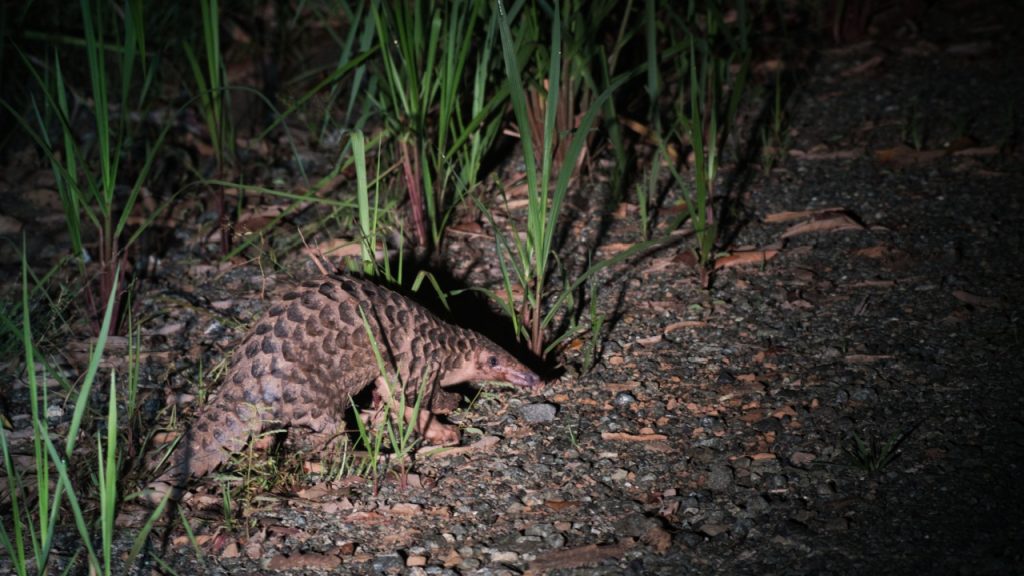
Pangolins are primarily nocturnal, becoming active at night to avoid predators and the heat of the day. Their large, reflective eyes are adapted for low-light conditions, allowing them to navigate and hunt in the darkness.
Solitary Nature
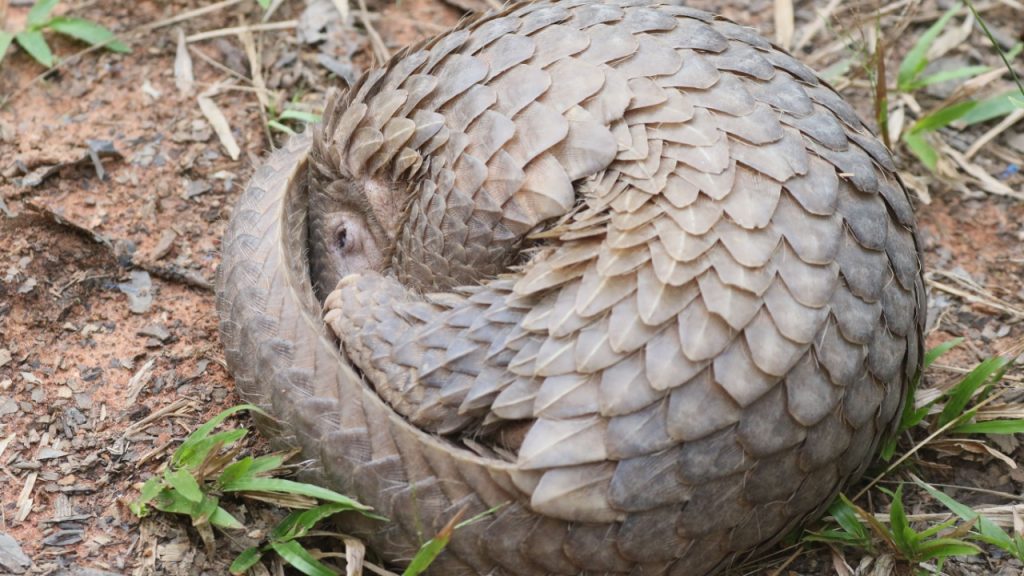
Most pangolin species are solitary animals, coming together only to mate. They spend much of their time alone, foraging for food and resting in burrows or tree hollows. This solitary lifestyle makes them even more challenging to study and protect in the wild.

